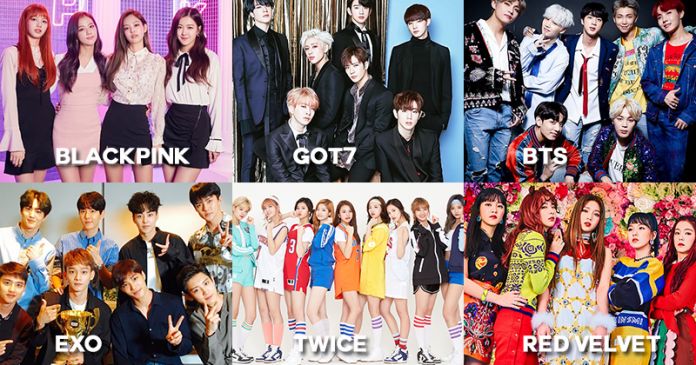All Hail K-Pop
May 28, 2019 • 36 views
South Korea maybe just tiny country off the Korean Peninsula, but its accomplishments over the last 70 years speak for themselves. We associate most of South Korea’s ‘mainstreaming’ to be with the rising popularity of the Korean Music Industry, or more specifically ‘Korean-Popular Music’ or 'K-pop’. Ever since the record smashing song ‘Gangnam Style’ by PSY in late 2012, the ‘Korean Wave’ has been a strong force that is reckoned with in almost every nook and corner of the world.
K-Pop has dominated the South East Asian culture for a long time, and it was especially wide-spread in Japan in the 1990s to early 2000s – as told by some Japanese locals who used to K-Pop enthusiasts themselves. The penetration of K-Pop is not only limited to these countries, but the majority of the United States, Europe, the Middle East and even a considerable portion of India, as well. The US and Europe annually hold K-Con events that bring together some of the hottest K-Pop artists.
Successful acts include EXO, BTS, TWICE, BLACKPINK, GOT7, RED VELVET etc.

K-Pop today has changed a lot since the past; it is more refined and even somewhat borrowed from Western pop music. In an industry populated by boy and girl groups, music videos offer a visual treat where you’ll often see all 9 members (that’s the standard number!) overly-dressed, and dance to jaw-dropping moves that might twist your legs into a pretzel if you gave it a try. Lyrics may not be too philosophical, like wanting a to pursue a love interest or having a ‘I-don’t-care’ attitude, or maybe even go tad bit sexual, if that’s what the millennials prefer to listen to. Even though the ‘singles’ or‘title tracks’ contain said songs, the deeper gems lay hidden in the EPs, or the ‘mini albums’ they release.
K-pop groups work more strategically than Western groups, where members are assigned roles based on what skill they excel at. Almost every group has a ‘leader’, who is the representative. There are ‘main/lead/sub dancers’, ‘main/lead/sub/ singers’ and even ‘main/lead/sub rappers.’ Other roles that do not include having a skill pe se, are ‘Face of The Group’ (who is the well-known among the audience), ‘Centre’ (who is kept in the middle in terms of group pictures) and ‘Visual’ (referred to as the best-looking member of the group, as per Korean Standards).

The K-Pop industry has its share of criticism: from recruiting girls and boys at tender ages to training them tirelessly day and night to perfect their art. Foreign members (who are not Korean, but Thai, Taiwanese, Chinese, Japanese etc.) must train extra to master the Korean language. It may take them months or even years for the debut, and some may not even see the light of the debut too. Male groups are chided for looking feminine and female groups are called off for being penchant to plastic surgeries. Western audiences also find K-pop to be a repackaged version of American music, except in a different language.
But the industry shows no sign of slowing – where in fact, most of its revenue contributes much of the world’s economy. K-Pop will continue to make headlines on tabloids and continue to win the hearts of many – girls especially – worldwide.
